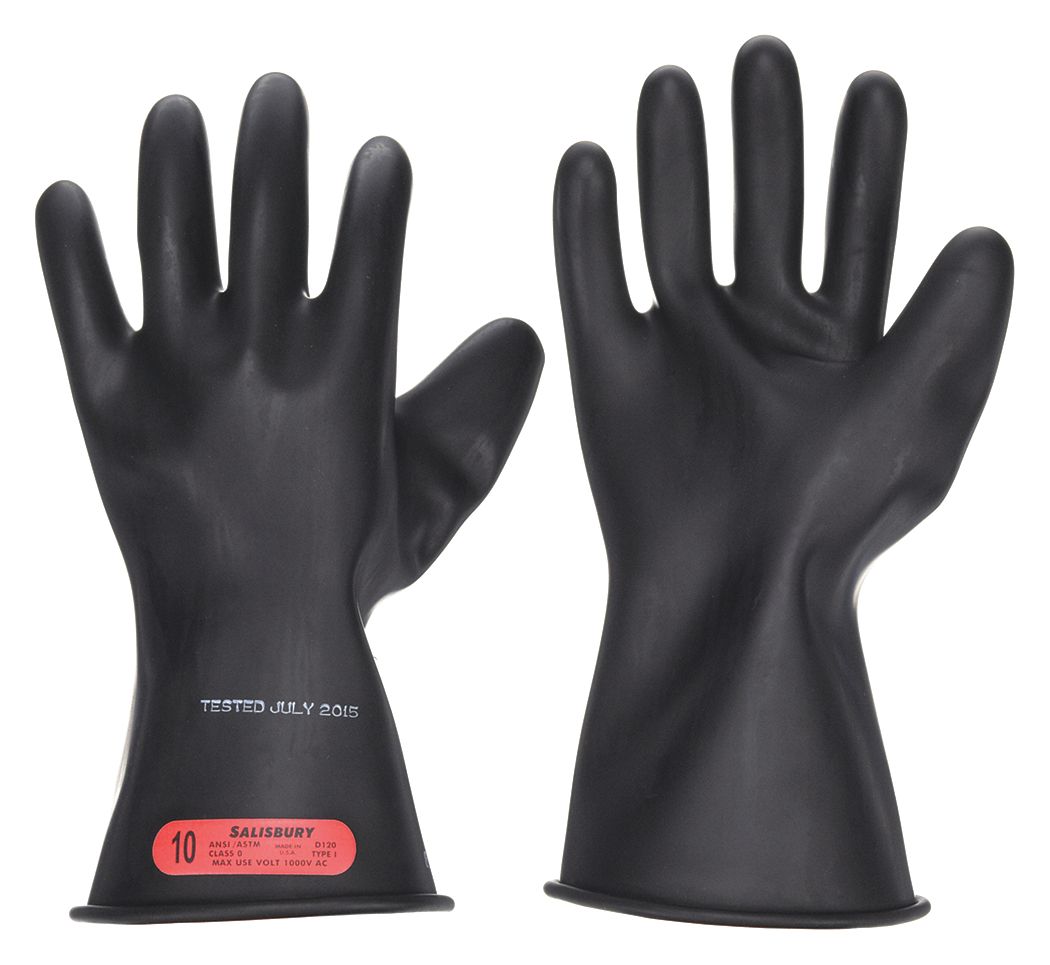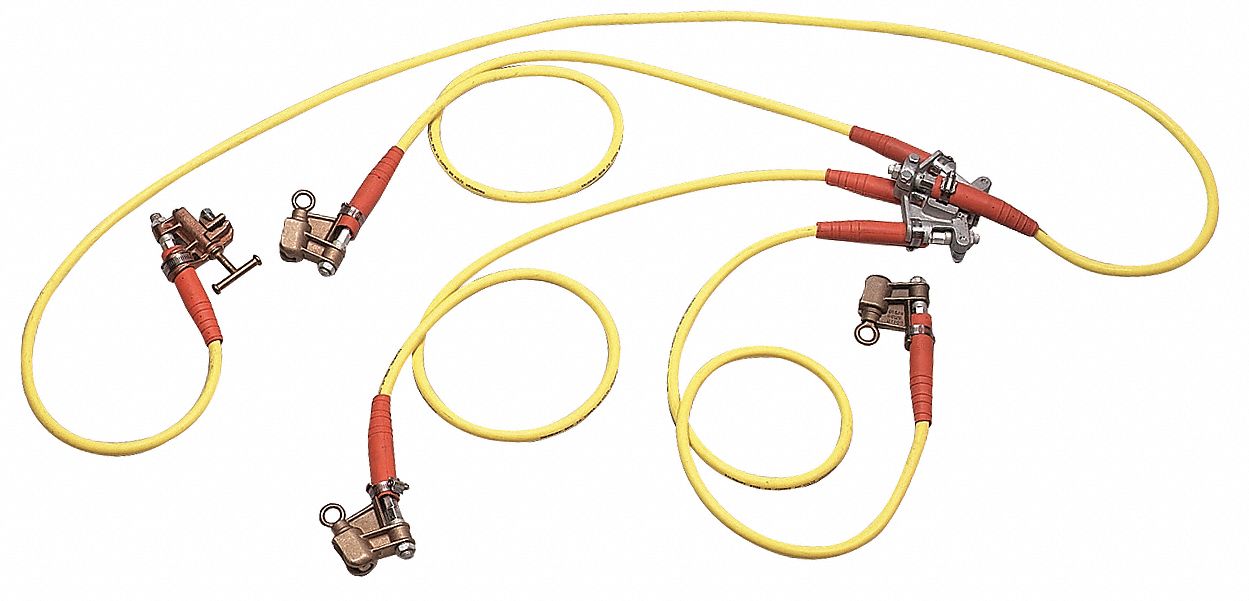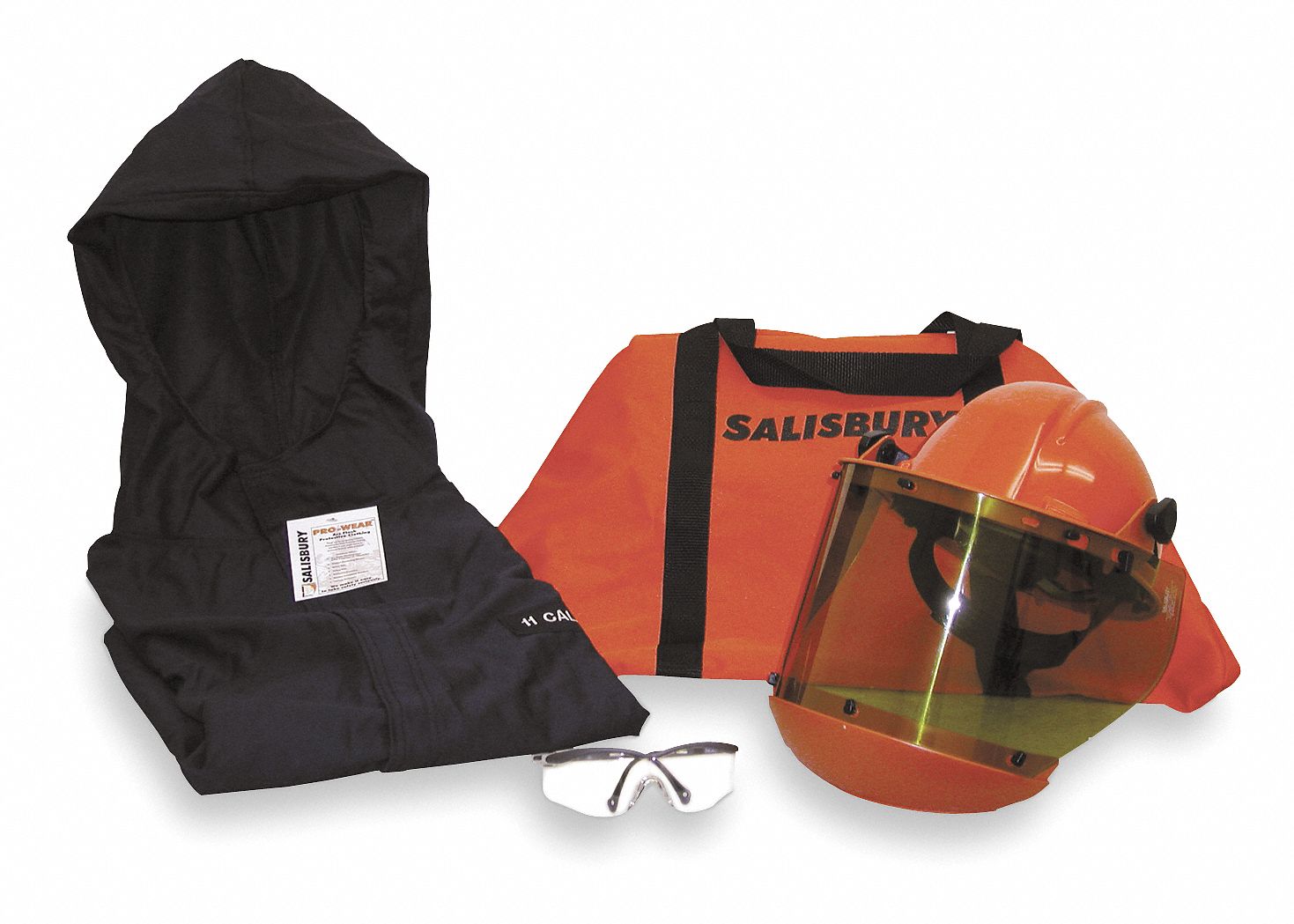

6 Tips for High-Voltage Line Safety
By Grainger Editorial Staff 5/11/22


Overhead power lines are usually not insulated, and contact with power lines is one of the most frequent causes of electrical injuries on the job site.
It's not just electrical workers who are at risk. If conductive equipment or tools come into contact with high-voltage lines, workers can be electrocuted.
A 2015 paper from the Institute of Electronic and Electrical Engineers found that only about one-third of the workers who were fatally electrocuted by overhead power lines over a 12-year period were actually working on the construction or maintenance of those lines—while more than two-thirds made incidental contact with the high-voltage lines while doing other work, like installing siding or trimming trees.
OSHA recommends these six tips for working safely near overhead power lines:
- Conduct a hazard assessment before starting work.
- Ask the power company to de-energize and ground the lines.
- Educate workers on safety procedures and requirements.
- Know the safe working distance for workers and equipment.
- Use nonconductive wood or fiberglass ladders.
- Wear proper PPE such as rubber insulating gloves and insulating sleeves, and class E industrial protective helmets.
OSHA standards governing electrical protective equipment in general industry are found in 29 CFR 1910.137. General industry safety-related work practices to prevent electric shock or other injuries are addressed in 29 CFR 1910.333.
Most electrocutions involving overhead power lines are caused by a failure to maintain safe working distance, according to the National Institute for Occupational Safety & Health (NIOSH) publication "Electrical Safety: Safety and Health for Electrical Trades: Student Manual."
In general industry, OSHA differentiates between qualified and unqualified persons. A qualified person has received training and demonstrated skills and knowledge in the construction and operation of electric equipment and installations and the potential hazards. These are the required working distances when an unqualified person is working in an elevated position near overhead lines:
- For voltages up to 50 kilovolts (kV), the required working distance is 10 feet
- For voltages above 50 kV, the required working distance is 10 feet plus four inches for every 10 kV above 50 kV.
The approach distances for qualified employees are given in 1910.133 Table S-5.
Construction standard 29 CFR 1926.1408 Table A gives detailed information on the minimum required working distances for cranes, derricks, and other equipment.
Get More Electrical Safety KnowHow
- Learn five things you should know about electrical gloves.
- Read up on electrical safety standards in the workplace.
- Find out what goes into an electrical safe work practices (ESWP) program.
- Get information about Grainger's arc flash and electrical safety services.
![]()
The information contained in this article is intended for general information purposes only and is based on information available as of the initial date of publication. No representation is made that the information or references are complete or remain current. This article is not a substitute for review of current applicable government regulations, industry standards, or other standards specific to your business and/or activities and should not be construed as legal advice or opinion. Readers with specific questions should refer to the applicable standards or consult with an attorney.











